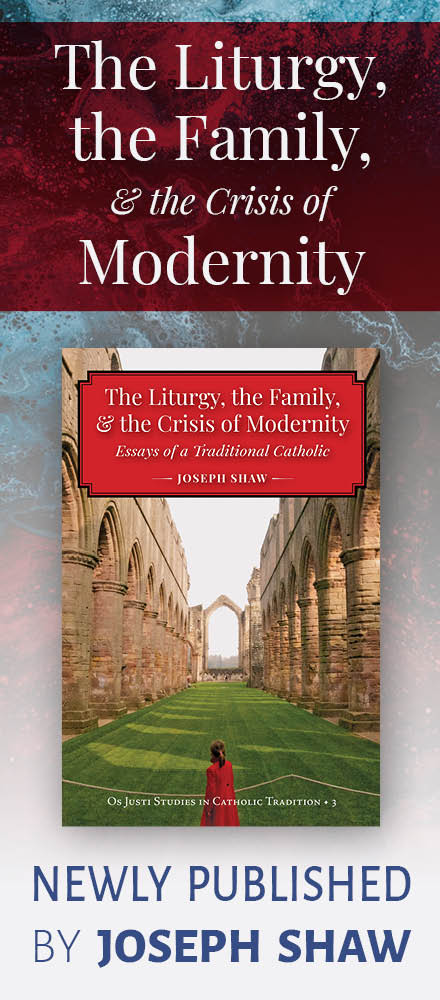[Catholic World News blog section has the following report. FYI, Amy Welborn also comments upon Trautman's comments on this issue, over on her blog.]
Vox Clara, the Roman commission assisting in the preparation of a new English translation of the Mass in conformity with the instruction Liturgiam authenticam, received two crushing body-blows this week, delivered by internationally recognized experts in the field of pastoral liturgy, both of whom were scathingly critical of the return to "sacral" language. The first blast was dealt by Bishop Donald Trautman, Bishop of Erie and chair of the U.S. Bishops' Committee on the Liturgy, in the course of an address to the Catholic Academy of Liturgy in Toronto. The NCR's John Allen gives the gist (tip to Bill Cork):
According to a press release issued by a member of the academy's Executive Committee, Jesuit Fr. Keith Pecklers of Rome's Gregorian University, Trautman "contended that the new translations do not adequately meet the liturgical needs of the average Catholic," and he "expressed fears that the significant changes in the texts no longer reflect understandable English usage."
"Trautman argued that the proposed changes of the people's parts during the Mass will confuse the faithful, and predicted that the new texts will contribute to a greater number of departures from the Catholic Church," the release stated.
Trautman also challenged a recent ruling from the Congregation for Divine Worship and the Discipline of the Sacraments that the Latin phrase pro multis in the formula for the consecration of the Precious Blood should be rendered as "for many" rather than the current English phrase "for all."
Wednesday, January 10, 2007
The ironic resistance to liturgical change
Shawn TribeMore recent articles:
Early Bird Registration Discount for CMAA Colloquium Ends March 31st!Jennifer Donelson-Nowicka
Join us this summer for world-class training in the Church’s treasury of sacred music.Early bird registration discount ($50 for colloquium, $50 for Vocal Intensive course, $150 off for Chant Intensive) ends March 31st!Here’s a special invitation from our new president, Fr. Robert Pasley.The Church Music Association of America is pleased to announc...
The Annunciation 2025: Dante and the Virgin MaryGregory DiPippo
The specific date of birth of the great poet Dante Alighieri (1265-1321) is unknown, but this Thursday, March 27th, is the anniversary of his baptism, which took place during the Easter vigil of 1266. The language which we call “Italian” today originated as the dialect of his native region of Tuscany (more specifically, of the city of Florence, but...
The Messenger AngelMichael P. Foley
Anonymous, the Archangel Gabriel, depicted on the predella of the high altar at the subsidiary church of Pesenbach, Upper Austria, 1495In the traditional Roman calendar, the feast days of saints are sometimes clustered together to form archipelagos of holiness that allow the faithful to meditate longer on a sacred mystery. These archipelagos do not...
The Third Sunday of Lent 2025Gregory DiPippo
At that time: Jesus was casting out a devil, and the same was dumb: and when he had cast out the devil, the dumb spoke: and the multitudes were in admiration at it: But some of them said: He casteth out devils by Beelzebub, the prince of devils. And others tempting, asked of him a sign from heaven. But he seeing their thoughts, said to them: Every ...
Pictures of Montecassino AbbeyGregory DiPippo
Following up on yesterday’s post of pictures of the crypt of Montecassino Abbey, here are some of the main church and some of the things around it, starting with the most important part of it, the burial site of St Benedict and his sister St Scholastica, behind the high altar.As I am sure our readers know, Montecassino Abbey was heavily bombed duri...
The Prodigal Son in the Liturgy of LentGregory DiPippo
In his commentary on the Gospel of St Matthew, St Jerome writes as follows about the parable of the two sons who are ordered by their father to go and work in the vineyard (21, 28-32). “These are the two sons who are described in Luke’s parable, the frugal (or ‘virtuous’) and the immoderate (or ‘wanton’).” He then connects these two sons with the f...
Another Chant for the Byzantine Liturgy of the PresanctifiedGregory DiPippo
Now the powers of heaven invisibly worship with us, for behold, the King of Glory entereth! Behold, the mystical sacrifice, being perfected, is carried forth in triumph. With faith and love, let us come forth, that we may become partakers of eternal life, Alleluia, Alleluia, Alleluia! (Recording by the Lviv Archeparchial Clergy Choir.) Нині сили ...
The Crypt of Montecassino AbbeyGregory DiPippo
For the feast of St Benedict, here are some pictures of the crypt of the abbey of Montecassino, the site where he ended his days. The crypt was built in the early 16th century, and originally decorated with frescoes, but by the end of the 19th century, these had deteriorated so badly from the humidity that they were deemed unsalvageable. The decisi...
An Interview with Fr Uwe Michael Lang on LiturgyGregory DiPippo
I am sure that our readers will enjoy this interview with the liturgical scholar Fr Uwe Michael Lang of the London Oratory, which was recently published on the YouTube channel of the Totus Tuus Apostolate. It covers a wide range of subjects: Pope Benedict’s teaching on the liturgy, the liturgical abuses in the post-Conciliar period and our own time...
Dives and Lazarus in the Liturgy of LentGregory DiPippo
Before the early eighth century, the church of Rome kept the Thursdays of Lent (with the obvious exception of Holy Thursday) and the Saturdays after Ash Wednesday and Passion Sunday as “aliturgical” days. (The term aliturgical refers, of course, only to the Eucharistic liturgy, not to the Divine Office.) This is attested in the oldest liturgical bo...




















